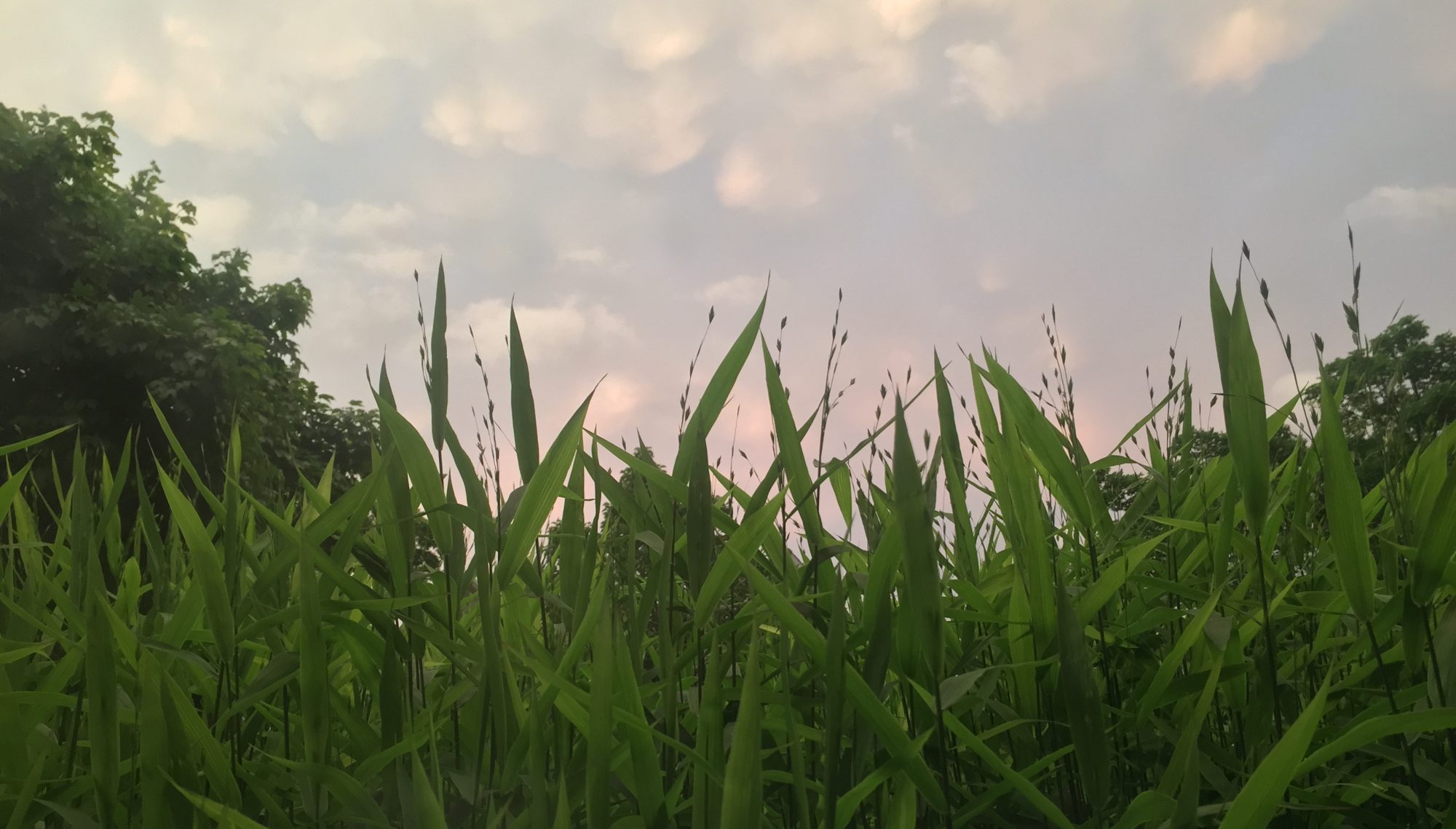I am finally, after 2+ weeks, forcing myself to sit down and reflect on what I learned at my first HighEdWeb conference. The bloggers from Link did a much better job than I could ever hope to do of summing up each of the presentations I attended (the title of each talk below is linked to a summary), so I’ll simply provide my primary takeaway from each session.
Carrying the Banner: Reinventing News on Your University Web Site by Georgy Cohen (slides) – We need to look for ways to be more immediate in our news coverage; for example, quick video responses to items happening today.
What Colleges Can Learn From The Insane Clown Posse by Karlyn Borysenko (neé Morissette) (podcast | slides) – Colleges and universities need to know who they are and who their people are, and not apologize for it.
The Politics of Doing IA for HighEd by Aaron Baker (podcast | slides) – Information architecture is like planning a kitchen, where everyone has to be able to find the tools they need.
What Content Strategy Really Means for Higher Ed by Kate Johnson – Determine a process for producing and maintaining content, *especially* after its launched.
I’d Buy That For a Dollar: What Robocop Can Teach us about Alumni Engagement by Jeff Stevens – Three prime directives for alumni engagement: make it compelling; make it collaborative; make it competitive.
Engaging Your Global Audience with Real-Time Campus Event Coverage by Seth Odell – One camera, one laptop, one person is all it takes to do the most basic of live streaming.
Politics or treason: Toeing the line or begging forgiveness in site adaptation by Anne Petersen (slides | podcast) – Always be testing, even if it’s just bringing an iPad into the student lounge.
Multimedia and Social Storytelling: Capitalize on Content by Donna Talarico (slides) – There are many ways to tell a story on the web: POV, narratives, photos, videos, infographics, audio
Making a CSS Framework that Works for You by Dan Sagisser (slides) – Doesn’t really apply to UChicagoLaw at the moment, but I can see how a CSS framework might be useful to us for, say, a series of minisites.
Swingin’ with Sinatra: Small Apps Fast by Sven Aas (slides) – Not being a programmer, I didn’t understand most of this, but did learn a very important lesson about being prepared for hardware failures while in the midst of a presentation.
Shawn Henry Keynote: Accessibility – Links to some great pages on the W3C site for thinking about and working with accessibility issues.
For me, though, much of the value of any of conferences like this (and of this one especially) comes less from the presentations and more from the experience of the conference itself — of meeting amazing people in person whom I had previously known only via Facebook and Twitter, of networking, commiserating, and bonding with my peers, of spending half a week helping to build a real, live community of web professionals.
And lest I forget, there was also my own contribution to the conference: a series of Johnny Cash tunes rewritten for and performed by higher ed web geeks. You’ve been warned.





